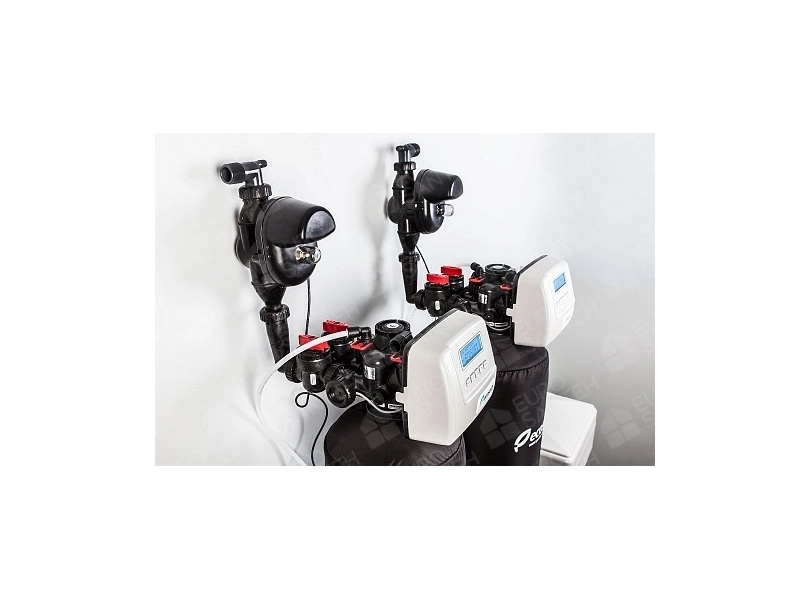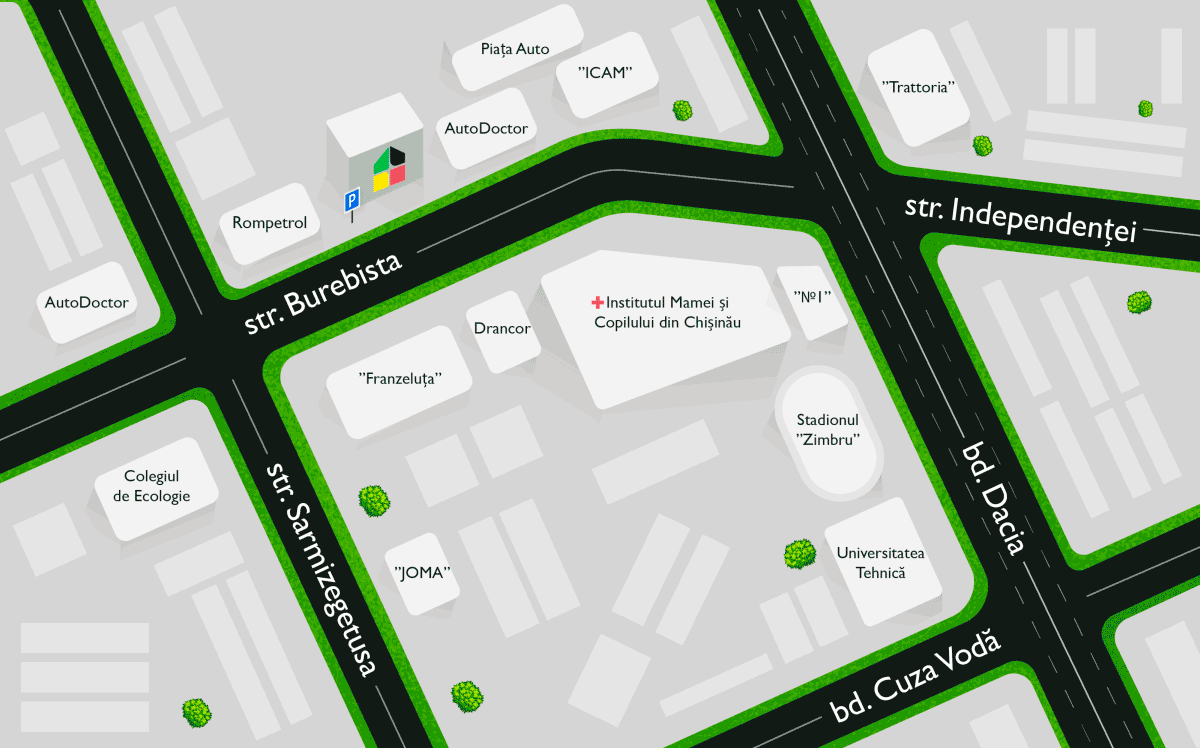The bypass valve is used to automatically stop the flow of untreated water during the regeneration of the filter media. This simple yet critical device ensures stable operation of water treatment systems and protects the user from consuming unfiltered water.
Key advantages
✅ Quick and easy installation — mounts directly onto the control valve in cold water systems;
✅ User-friendly maintenance — disassembly and cleaning require no complex tools;
✅ Reliability and durability — minimalist design reduces failure risk and ensures stable performance;
✅ Universal compatibility — fits Clack CE1 and CE125 valves, including DUPLEX, TRIPLEX, and more complex configurations;
✅ Preventive protection — effectively blocks raw water flow to the consumer during regeneration.
How does the valve work?
The valve is connected to each filter's outlet and synchronized with the control module via a signal (power) cable. When regeneration starts, the control valve sends a signal to the bypass valve, which automatically shuts off the water flow. Once regeneration is complete, the water flow resumes and the valve reopens.
Applications
▪️Water filtration systems with automatic regeneration
▪️Multi-valve systems based on Clack CE controllers
▪️Water treatment setups with storage tanks
▪️Commercial and industrial systems with multiple filtration columns
Maintenance
To ensure stable performance, it is recommended to:
▪️Regularly inspect and clean internal components such as the flow distributor;
▪️Have maintenance performed by a qualified technician, especially in industrial environments.
The bypass valve is a vital component of filtration system automation, enabling safe and reliable water flow control during regeneration. Its simple construction, ease of installation, and high durability make it ideal for both household and professional water treatment systems.
| Body material: | Polipropylen |
| Maximum working temperature, °С: | 45 |
| Maximum pressure, bar: | 8 |
| Diameter, inch: | 1 |












